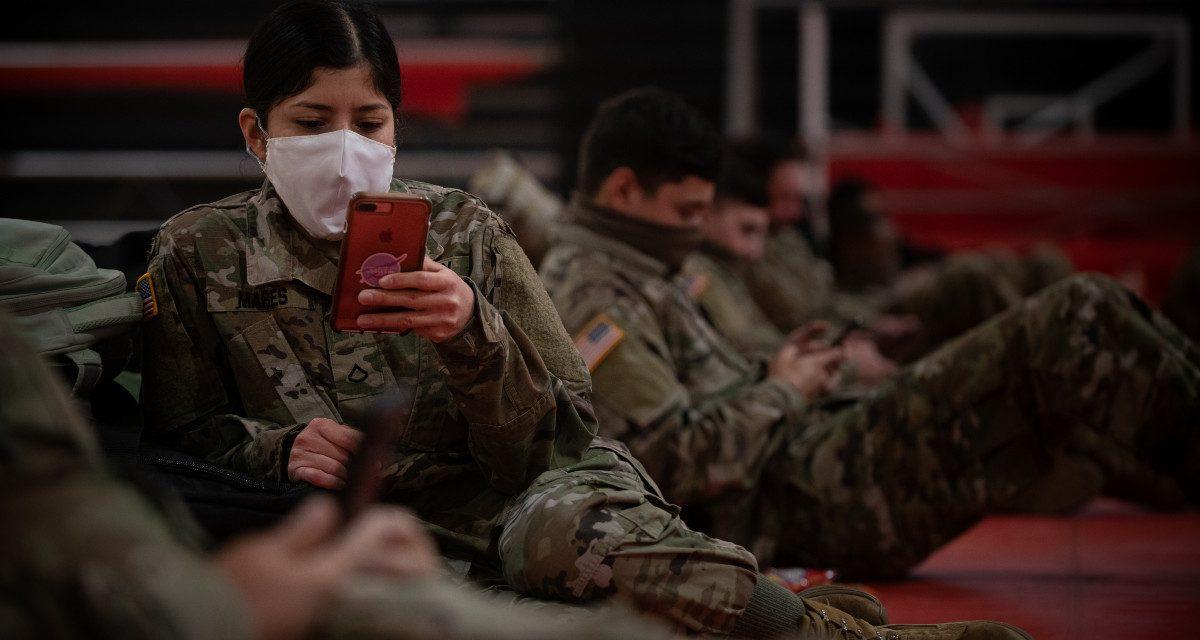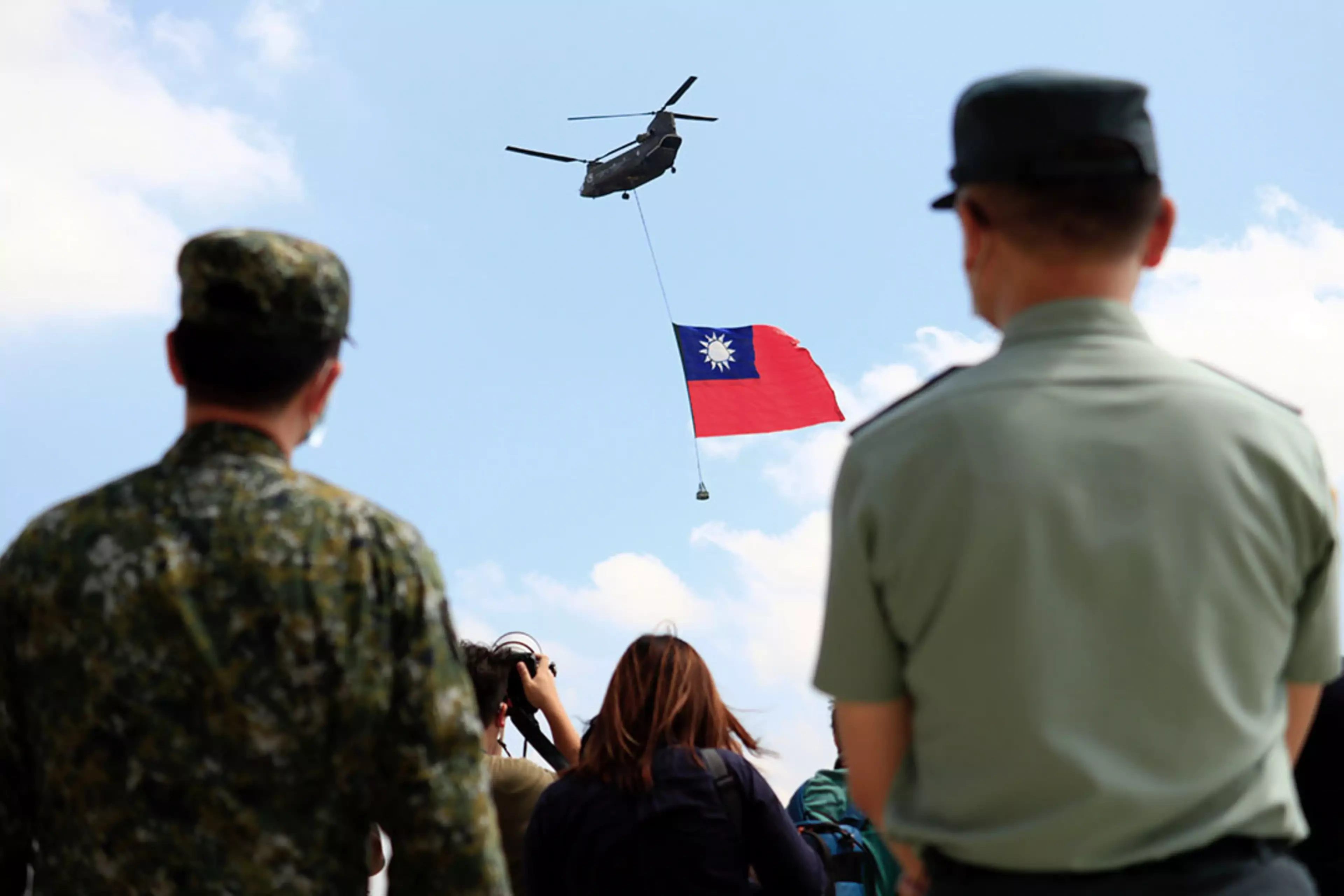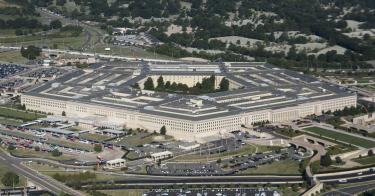Mark Episkopos
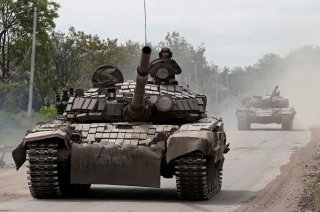
As Russian forces press their advantage in Ukraine’s east, the Western maximum-pressure campaign against the Kremlin faces its toughest test yet.
Severodonetsk, the last Ukrainian stronghold in the Luhansk region that sits just across the river from nearby Lysychansk, is being pounded by Russian airstrikes and artillery fire. “There are battles on the outskirts of the city. Massive artillery shelling does not stop, day and night,” Severodonetsk mayor Oleksandr Stryuk told the AP. “The city is being systematically destroyed – 90 percent of the buildings in the city are damaged.”
Russian troops have advanced on the city from three directions since early May in an attempt to trap the Ukrainian forces located in the Severodonetsk-Lysychansk salient. Officials belonging to the pro-Russian breakaway Luhansk People’s Republic (LPR) told Russian news outlet RIA on Friday that Severodonetsk is now fully encircled. “At the moment, in the city of Severodonetsk, in the city itself [and not on the outskirts], the retreat paths of Ukrainian troops are cut off, because there are three bridges there that they could have used to leave. One bridge was destroyed, the second will not support any equipment because it’s in dire condition, and the [third] Proletarian Bridge is controlled by our forces. Anyone who tries to leave the settlement will be destroyed,” said LPR military spokesman Andrei Marochko. “We cut off all routes through which they could escape, and we control, surveil, absolutely the entire territory… if they want to return to their loved ones, they need to make the right decision,” Marochko added.




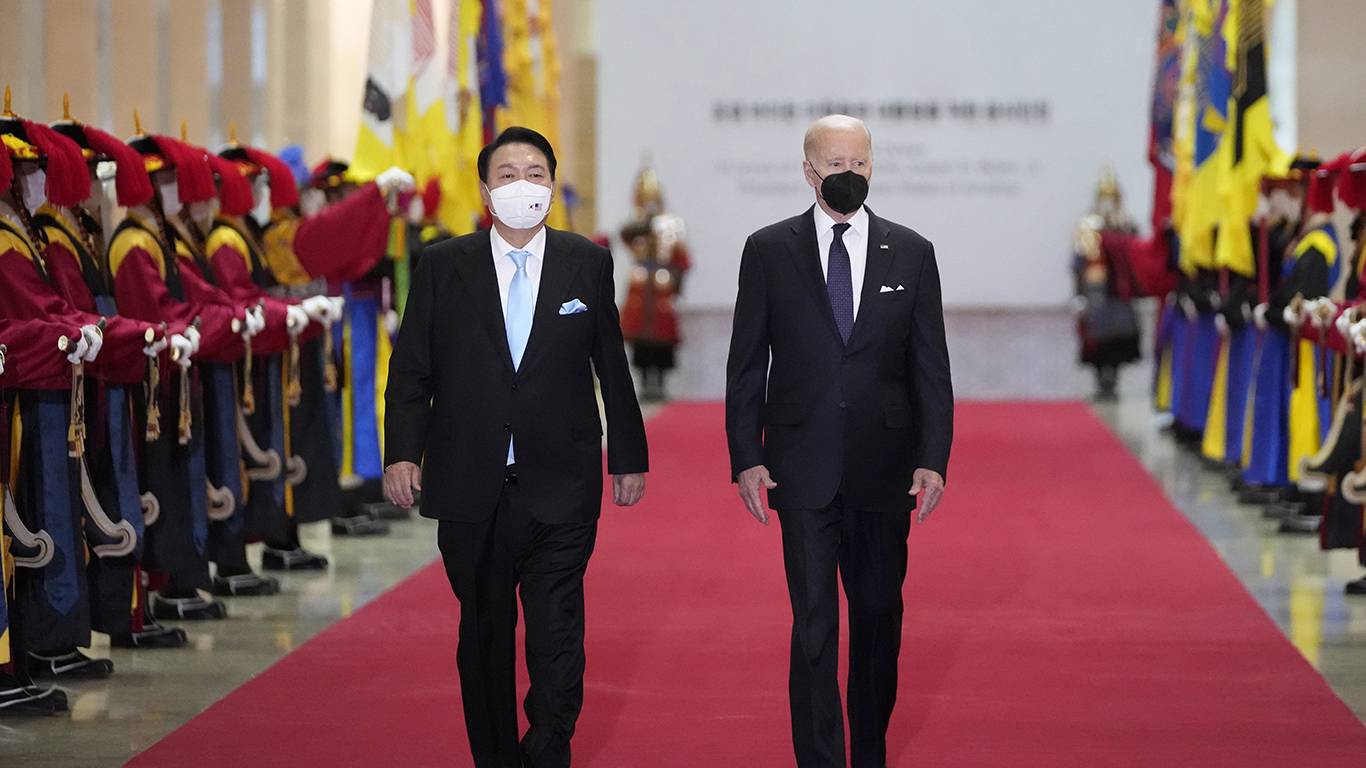
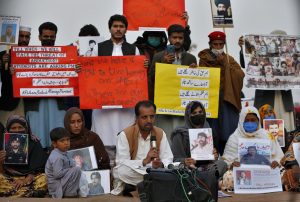
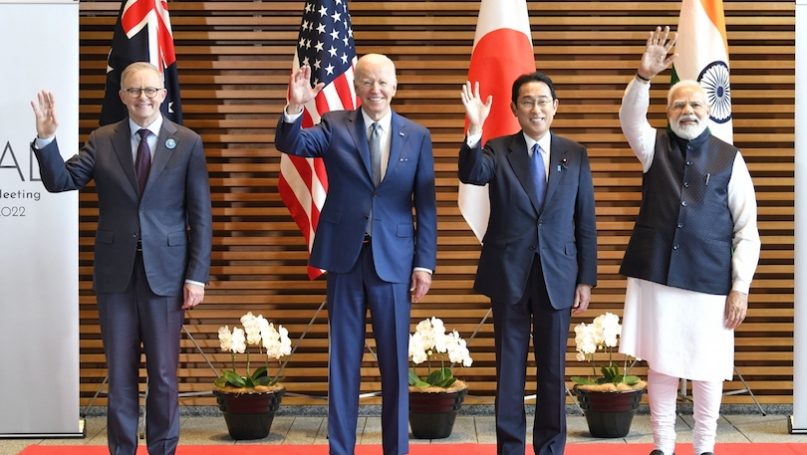
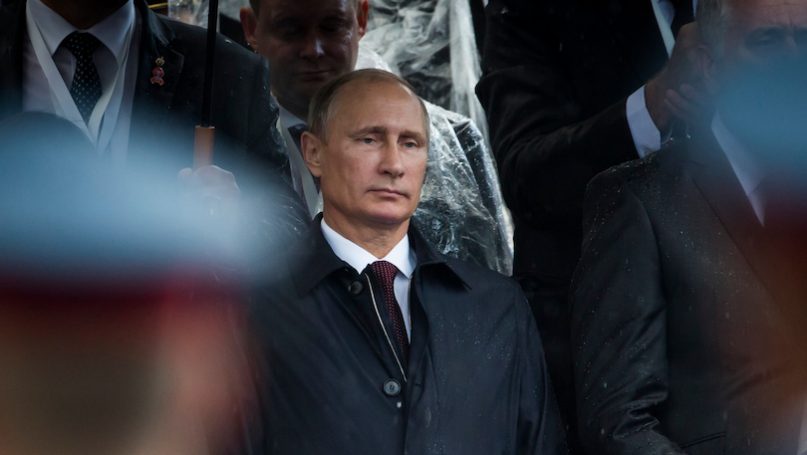


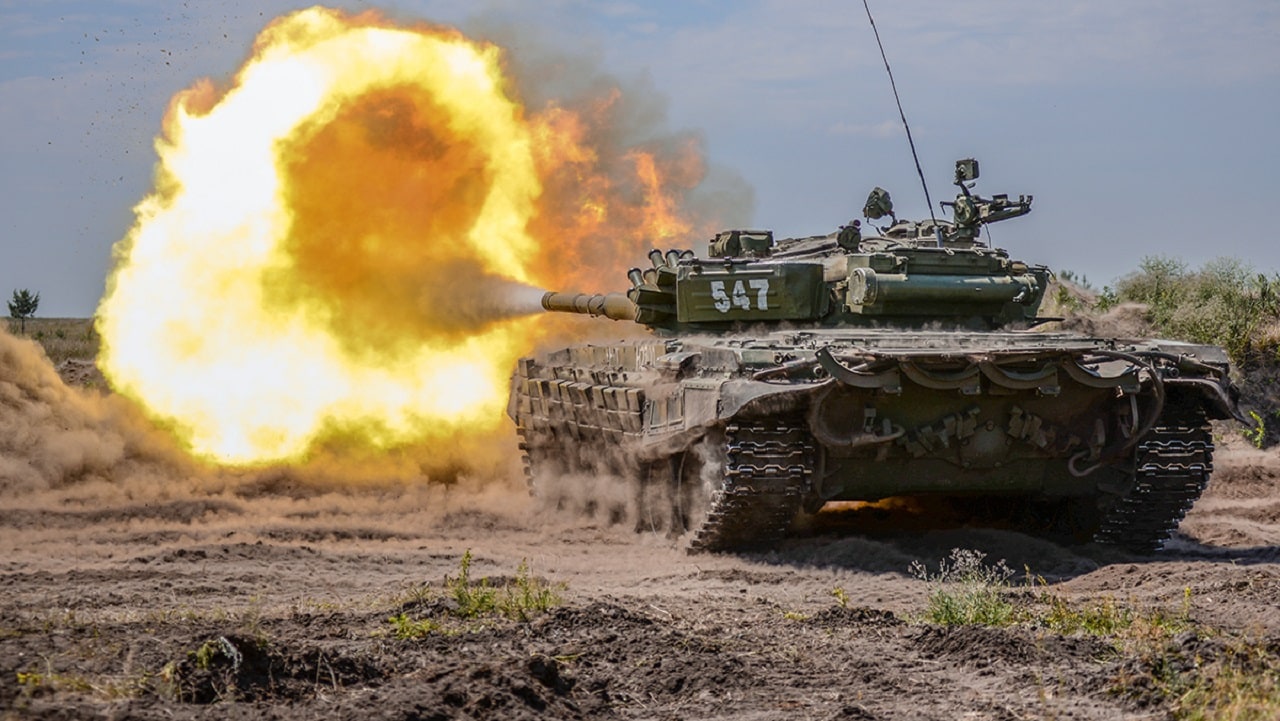
:quality(70)/cloudfront-us-east-1.images.arcpublishing.com/mco/6YCTYWYEQZG55EY7CPN3QC5WWQ.jpg)

